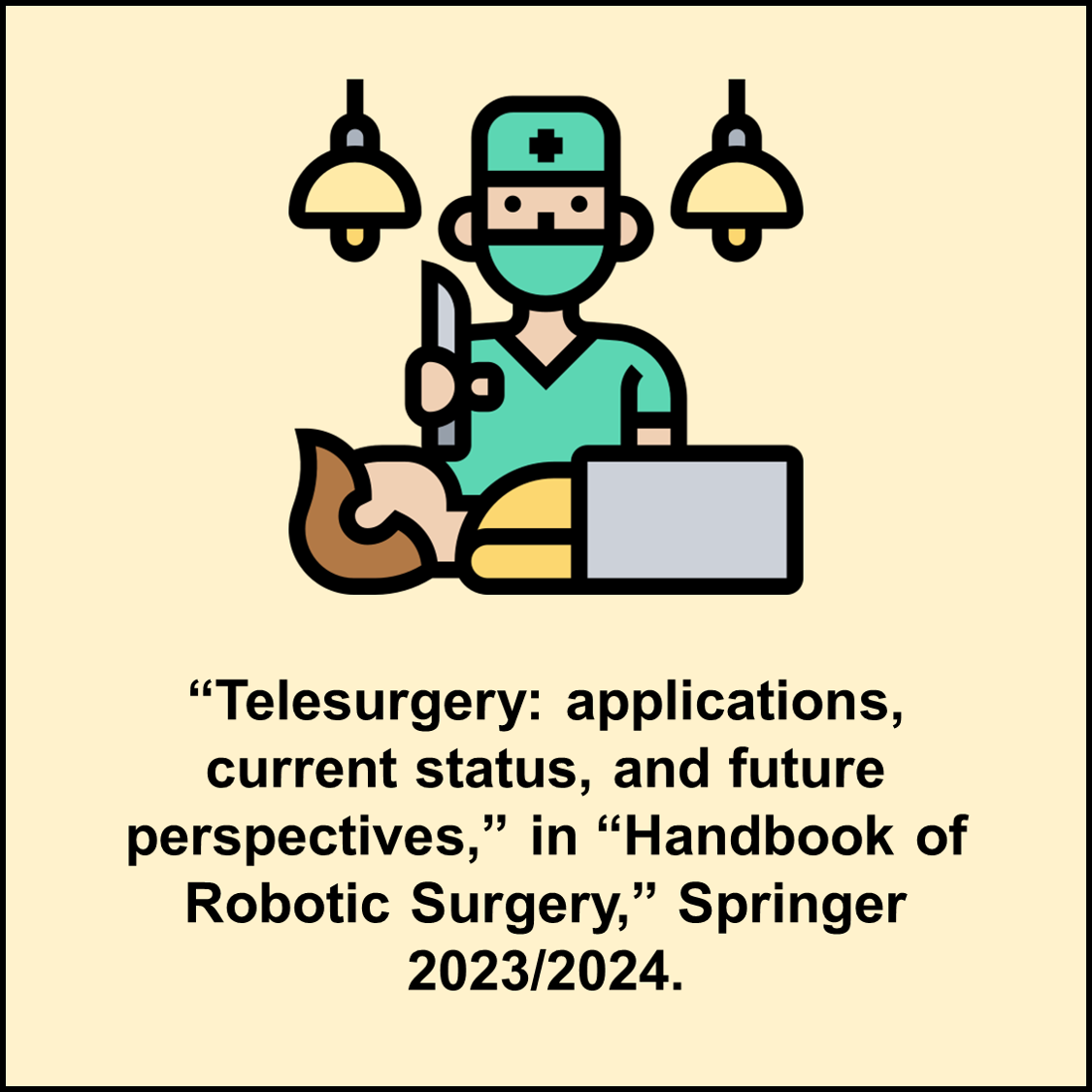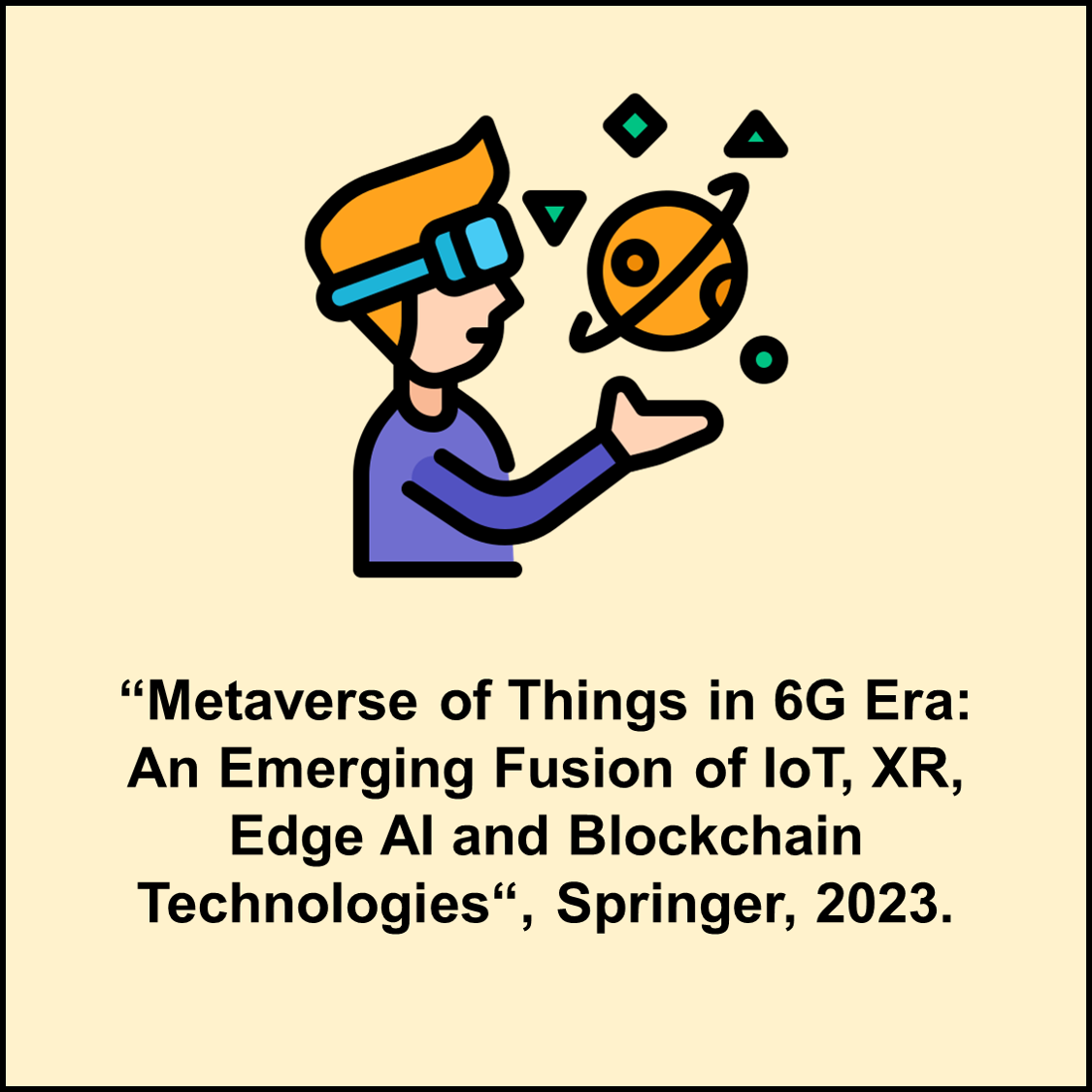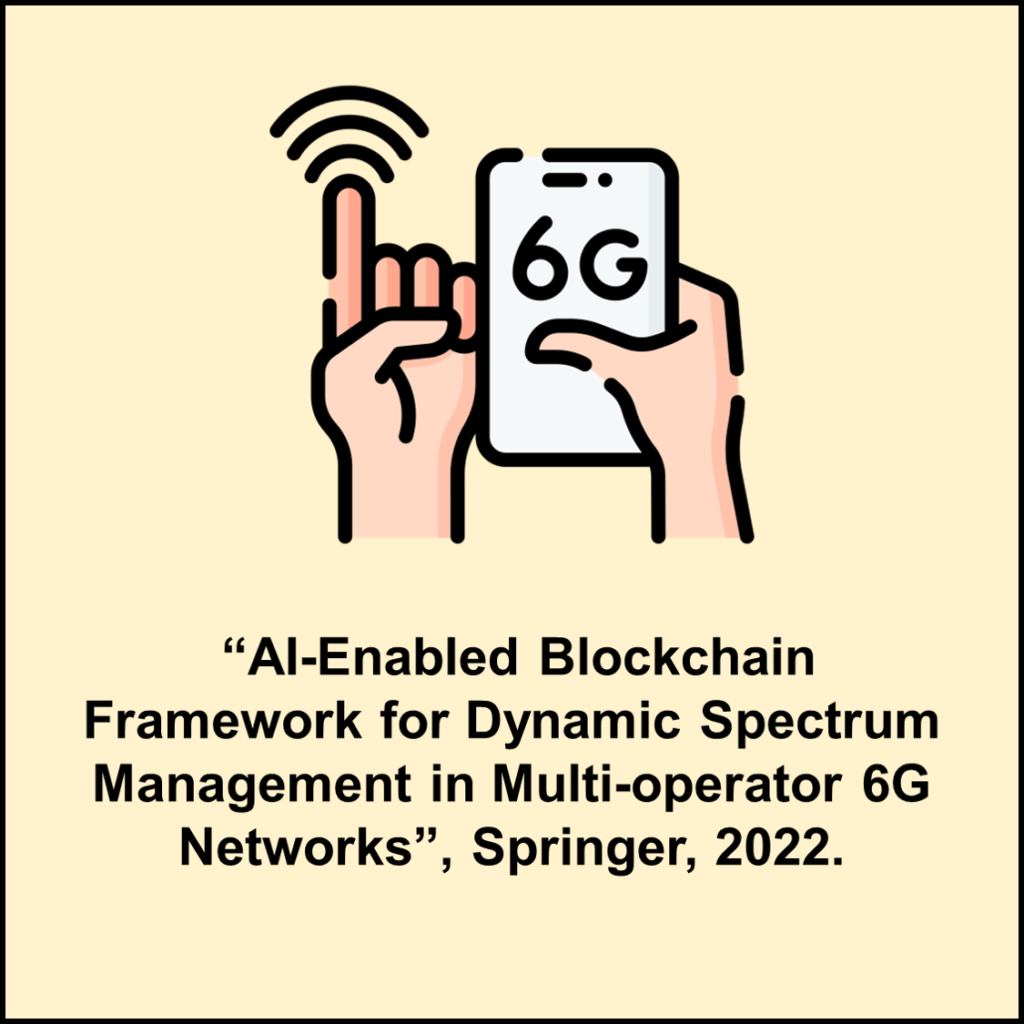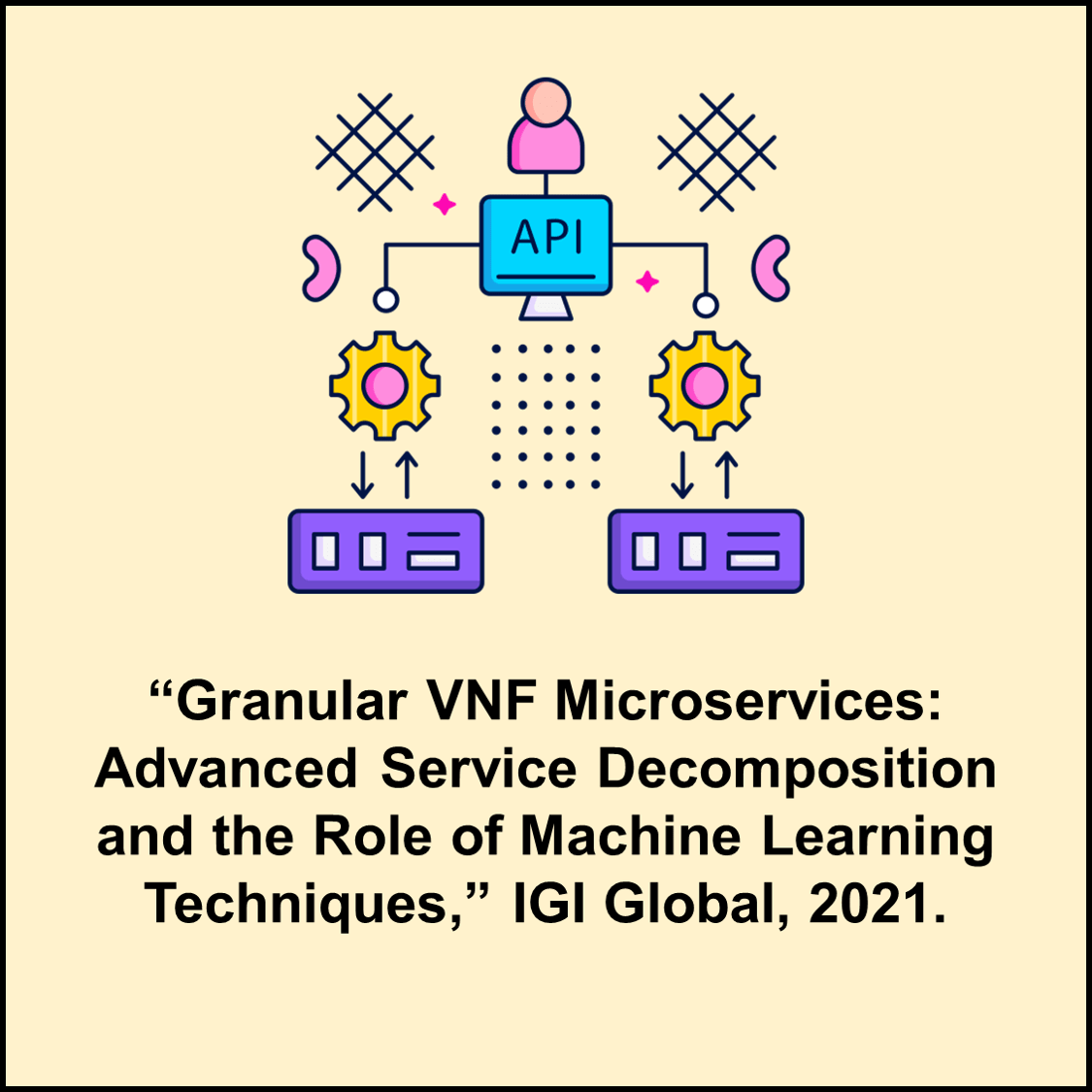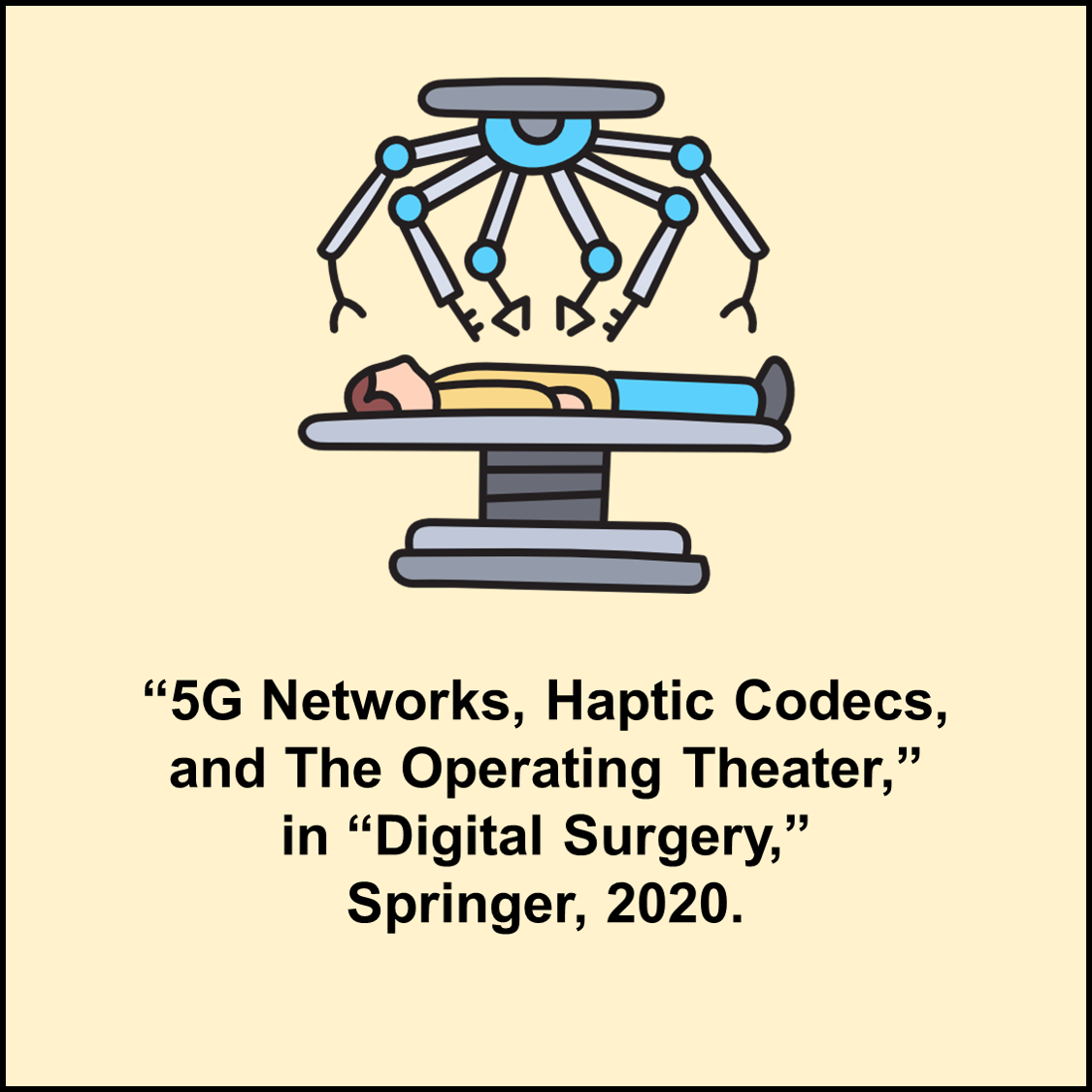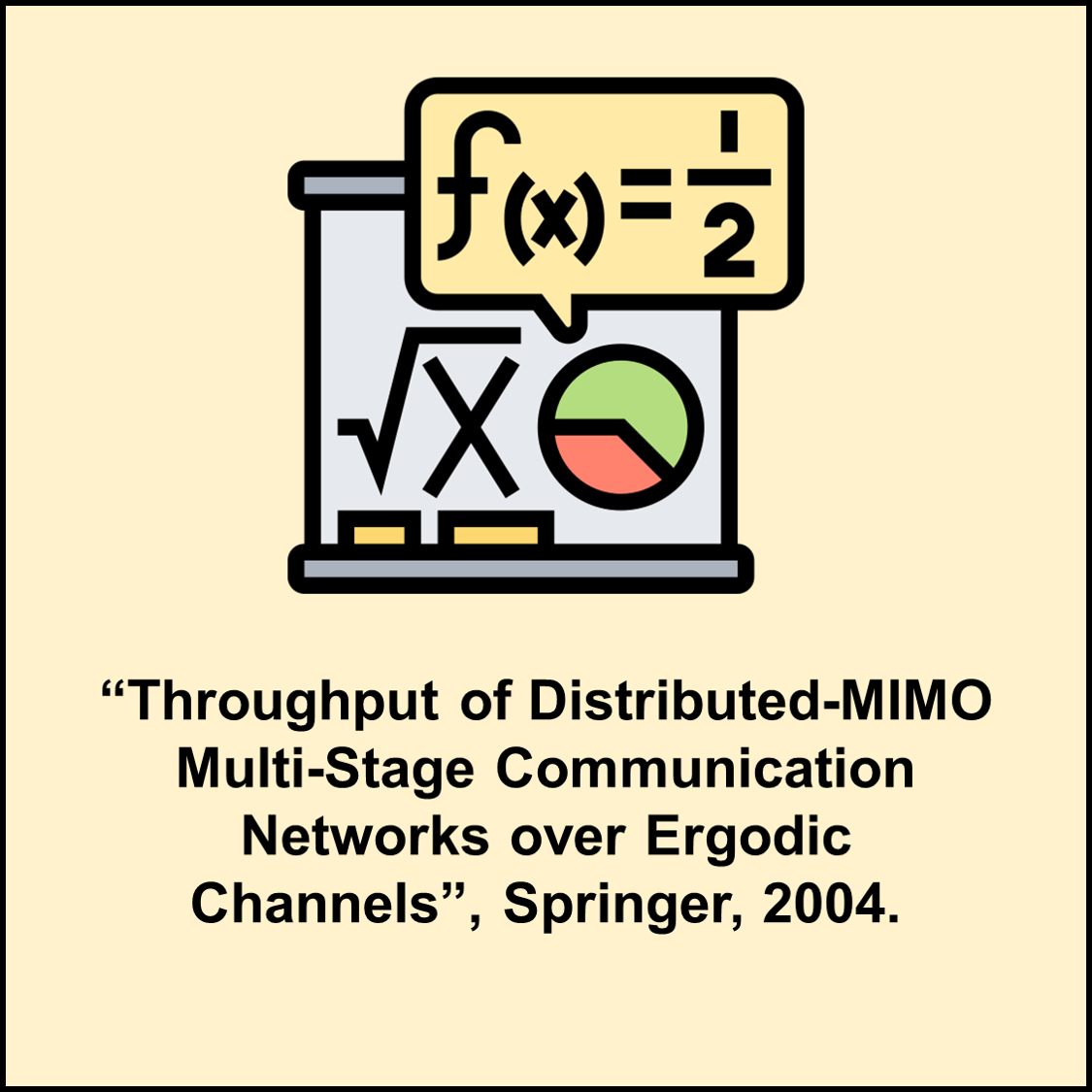
2024 – Blockchains in 6G
Based on work done within ETSI, this comprehensive guide dives deep into the heart of blockchains and their imminent intersection with 6G.
Part I – Blockchain Enablers: Embark on a foundational journey through blockchains, unraveling their basic principles and complex mechanics.
Part II – Blockchain Ecosystem: This segment demystifies the governance and technical standards that guide blockchains and touches upon the alliances formed in its name.
Part III – Blockchain Standards: Setting a benchmark for quality and reliability, this part deciphers the ETSI standards work governing blockchains.
Part IV – Blockchains in 6G: The last part of the book bridges the vast world of blockchains with the frontier of 6G telecommunication systems.
2015 – M2M Communications
Part one of Machine-to-Machine (M2M) Communications covers machine-to-machine systems, architecture and components. Part two assesses performance management techniques for M2M communications. Part three looks at M2M applications, services, and standardization.
Machine-to-machine communications refers to autonomous communication between devices or machines. This book serves as a key resource in M2M, which is set to grow significantly and is expected to generate a huge amount of additional data traffic and new revenue streams, underpinning key areas of the economy such as the smart grid, networked homes, healthcare and transportation.
An engineering book for postgraduate students and academic researchers in electronics, computer engineering, telecommunications and networking and R&D managers.

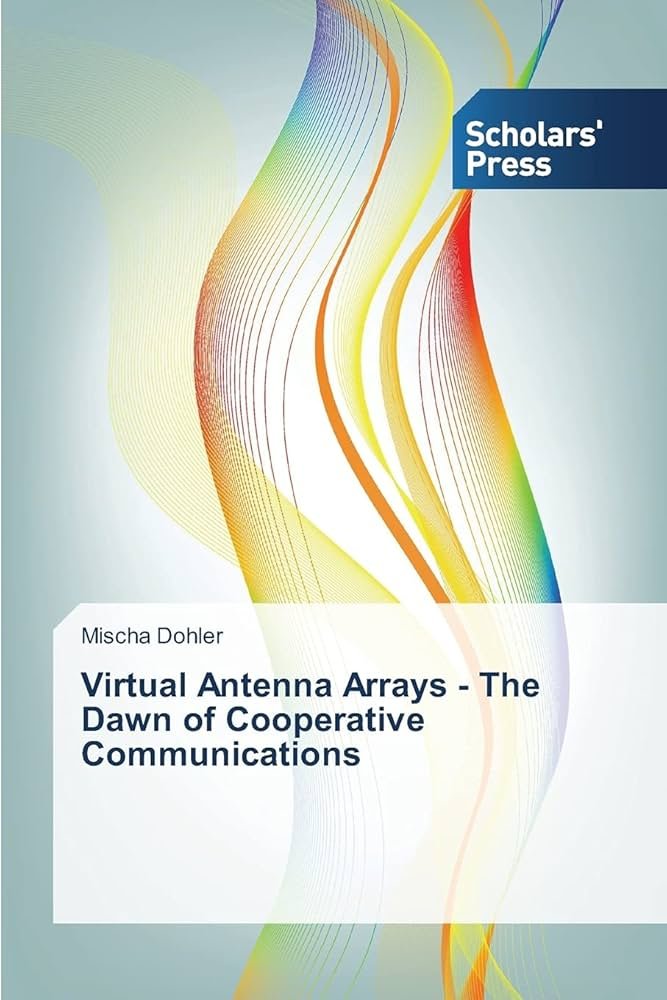
2014 – Virtual Antenna Arrays
Who would have guessed that my idea from the spring days in 1999 would open an entirely new research field with more than 30,000 articles published within our IEEE community alone by the end of 2014? Products have been built around it, and the 3rd Generation Partnership Project (3GPP) has adopted some of it in its mobile standards specifications. As of 2014, the findings outlined in this manuscript are of almost historic dimension but they shed some light into the early developments in this field.
Whilst the majority of the community until today still considers 2-hop networks, in 2003 I had already considered the most generic case of multiple stages of relaying, with each stage being composed of arbitrary clusters of cooperating antennas. A further strength of this work is that it contains Shannon capacity calculus as well as outage and error rate performance analysis in a single manuscript. Finally, I have introduced the only non-iterative approach to waterfilling so far available in the literature.
2010 – Cooperative Communications
Cooperative Communications: Hardware, Channel & PHY focuses on issues pertaining to the PHY layer of wireless communication networks, offering a rigorous taxonomy of this dispersed field, along with a range of application scenarios for cooperative and distributed schemes, demonstrating how these techniques can be employed.
The authors discuss hardware, complexity and power consumption issues, which are vital for understanding what can be realized at the PHY layer, showing how wireless channel models differ from more traditional models, and highlighting the reliance of PHY algorithm performance on the underlying channel models.
Numerous transparent and regenerative relaying protocols are described in detail for a variety of transparent and regenerative cooperative schemes.
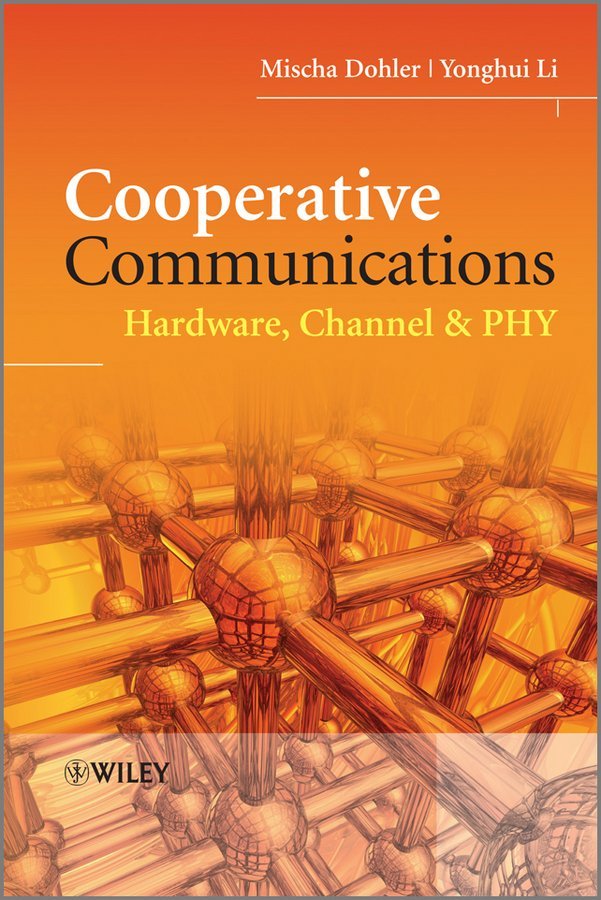

2006 – UWB Antennas & Propagation
Providing up-to-date material for UWB antennas and propagation as used in a wide variety of applications, “Ultra-wideband Antennas and Propagation for Communications, Radar and Imaging” includes fundamental theory, practical design information and extensive discussion of UWB applications from biomedical imaging, through to radar and wireless communications.
An in-depth treatment of ultra-wideband signals in practical environments is given, including interference, coexistence and diversity considerations. The text includes antennas and propagation in biological media in addition to more conventional environments. The topics covered are approached with the aim of helping practising engineers to view the subject from a different angle, and to consider items as variables that were treated as constants in narrowband and wideband systems.
2006 – UMTS (4G) Radio Networks
This book sets out to provide the theoretical foundations that will enable radio network planners to plan model and optimize radio networks using state-of-the-art findings from around the globe. It adopts a logical approach, beginning with the background to the present status of UMTS radio network technology, before devoting equal coverage to planning, modelling and optimization issues.
All key planning areas are covered, including the technical and legal implications of network infrastructure sharing, hierarchical cell structure (HCS) deployment, ultra-high-site deployment and the benefits and limitations of using computer-aided design (CAD) software. Theoretical models for UMTS technology are explained as generic system models, stand-alone services and mixed services. Business modelling theory and methods are put forward, taking in propagation calculations, link-level, UMTS static and UMTS dynamic simulations.

International
Translations
Some of my books were translated into other languages; for instance, my Cooperative Communications and UMTS books into Mandarin.

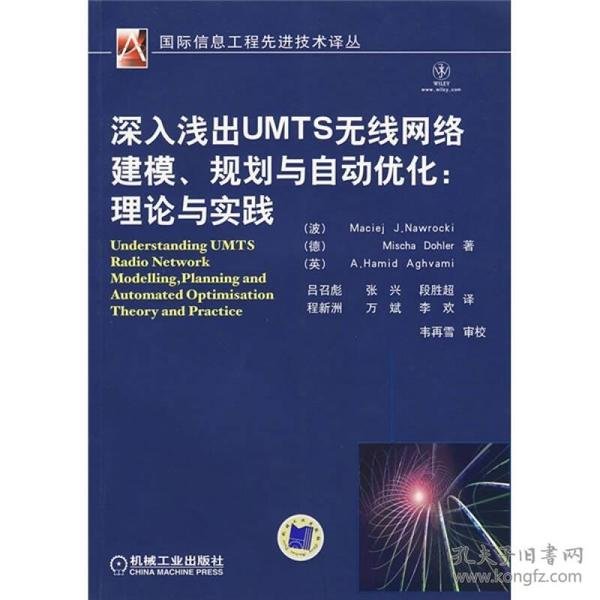
Selected Book Chapters
